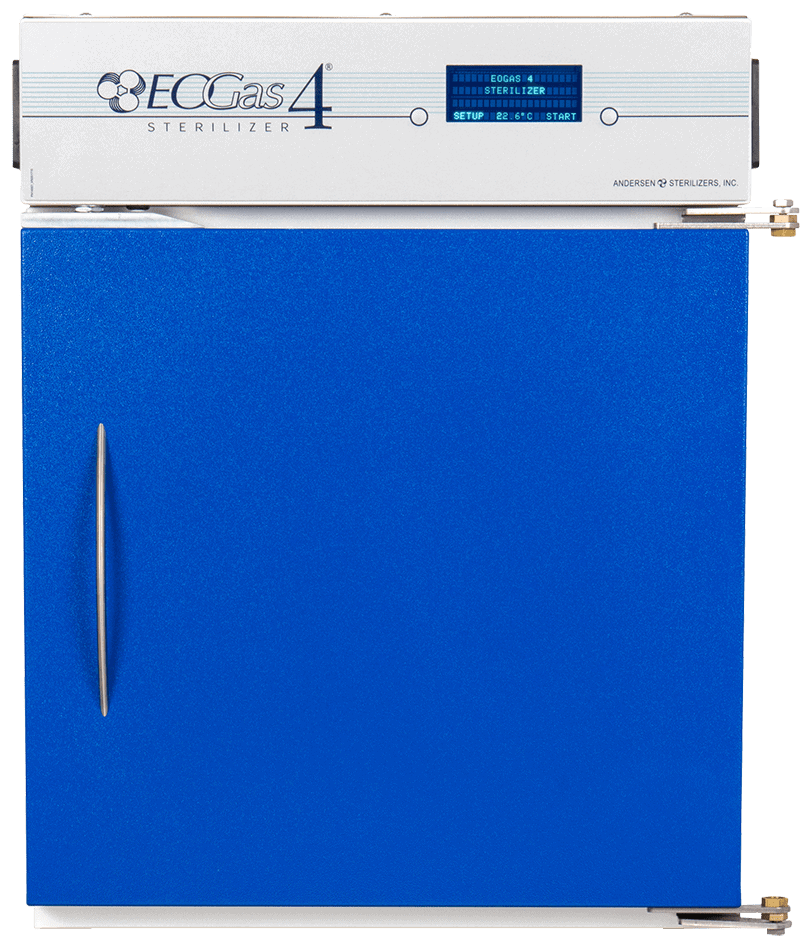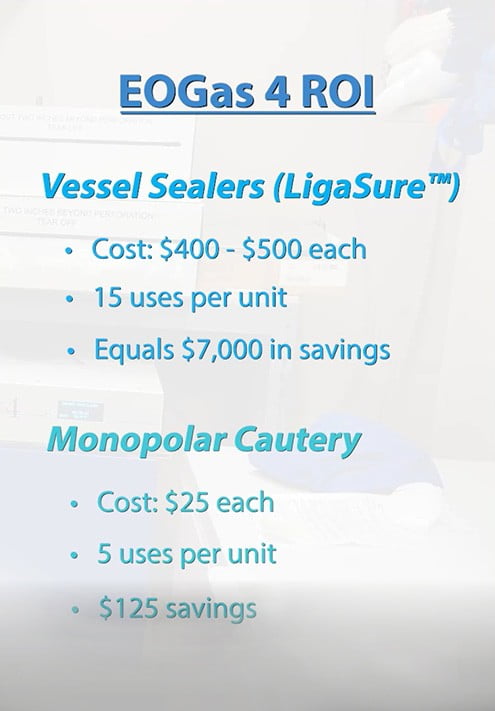Among the many hats veterinarians wear is that of a small business owner. As such, veterinarians are faced with the need to closely manage costs and resources to remain competitive and affordable for their customers.
So, how do veterinarians save thousands of dollars using an Andersen gas sterilizer?
Below is one great answer to that question. For more ideas, contact your Account Rep.

On a Money-Saving Mission
We recently caught-up with Richard Brooks, sterile processing technician at Friendship Hospital for Animals in Washington, DC, who takes great pride in using their Andersen sterilizer to save money and resources for the practice and patients. [Watch the full Interview]
Richard had been using Andersen’s Anprolene AN74ix for several years before the practice’s need outgrew their sterilizer. They have since upgraded to the faster, and larger capacity, EOGas 4 sterilizer with a minimum cycle time of just 3.5 hours.
EOGas 4 Game-Changer
“Not only can we turn over things the same day, but we can do multiple loads so that if a specialty surgery happens in the morning and that surgeon needs that same equipment back for surgery five hours later in the afternoon, we’ve got it taken care of,” Richard said.
“We use it every day to sterilize and re-sterilize common hospital items that everyone uses. Our vessel sealing LigaSure, cautery units with the suction built in, re-sterilizing light handles, and drapes and gowns that people open but don’t use during surgery.”


Significant Cost Savings
“Let’s talk about cost savings because that is a big deal for a hospital’s bottom line,” Richard said. “One of the big things that a lot of hospitals have is vessel sealing and we use LigaSure here. We all know those can cost $400 to $500. With this unit we can re-sterilize them not only quickly, but we get about 15 uses out of each unit and if you add that up that’s about $7,000 of savings right there, not only for the hospital, but for our patients and clients because they don’t have to pay that high cost for a new unit every time.
“One of the other common things is our monopolar cautery that has the built-in plume suction. We pay about $25 for each unit and we get about five uses out of that. So that’s a $125 savings right there. You will have some overhead costs of supplies but the savings from these expensive units greatly outweighs whatever costs it is to get supplies for these.”
Keep in mind these savings are just PER UNIT and on just two items. How much could your practice save in, say, a year?
